
Acid soils, also known as “sour” soils, can be both a challenge and an opportunity for gardeners. They are often found in regions where rainwater leaches calcium and magnesium from the soil, resulting in lower pH levels. Acid rain and the use of certain fertilizers can also contribute to soil acidity.
While most garden plants prefer slightly acidic soil with a pH of 6.2 to 6.8, they can generally tolerate levels as low as 5.5. With careful planning and thoughtful plant selection, acid soils can be transformed into thriving gardens.
In this article, we explore strategies for working with acid soil and creating beautiful landscapes that celebrate the unique qualities of these environments.
1. Select Plants Adapted to Acidic Soils:
One of the most effective strategies for gardening in acid soils is to choose plant species that are naturally adapted to these conditions. Acid-loving plants have evolved to thrive in lower pH environments and will flourish in acidic soils.
In eastern regions, consider planting azaleas and rhododendrons (Rhododendron spp.), hydrangeas (Hydrangea spp.), and bayberries (Myrica spp.). These plants not only tolerate acid soils but also add a splash of vibrant colors and textures to the garden.
2. Raise pH with Compost and Organic Amendments:
To raise the pH of acid soils and create a more hospitable environment for a wider range of plants, incorporate compost and other organic amendments. Certain animal manures and leguminous cover crops can help neutralize soil acidity. Mix 1 to 3 inches of compost into the soil, followed by a similar amount of compost mulch annually.
This gradual approach will help adjust the pH over time and improve the soil’s structure and fertility.
3. Monitor Soil pH Regularly:
Regularly monitoring the soil pH is essential for successful gardening in acid soils. Invest in a soil pH testing kit to assess the current acidity level. This way, you can track the progress of any pH-raising amendments and ensure that the soil remains within the optimal range for the chosen plants.
4. Apply Correct Fertilizers:
Be mindful of the type of fertilizers you use in acid soils. Some fertilizers may contribute to further soil acidity. Choose fertilizers with a balanced nutrient profile and a lower acidifying potential. Organic fertilizers are often preferred, as they improve soil health and contribute to a more stable pH balance.
5. Adjust Irrigation Practices:
Proper irrigation is crucial for maintaining a stable pH in acid soils. Overwatering can lead to leaching of nutrients and further acidification. Ensure that watering is done evenly and efficiently, allowing the soil to retain moisture without becoming waterlogged.
6. Regularly Monitor Plant Health:
Keep a close eye on the health of your plants in acid soils. If you notice any signs of nutrient deficiencies or stress, adjust your gardening practices accordingly. Nutrient deficiencies in acid soils are often related to the soil’s pH and can be mitigated through appropriate soil amendments.
By adopting these strategies and embracing the unique qualities of acid soils, gardeners can create captivating landscapes that thrive in their natural environment. Acid-loving plants add character and charm to the garden, enhancing the beauty of these specialized ecosystems. With patience, care, and a touch of creativity, acid soils can become a canvas for cultivating stunning and thriving gardens that celebrate the wonders of nature’s diversity.

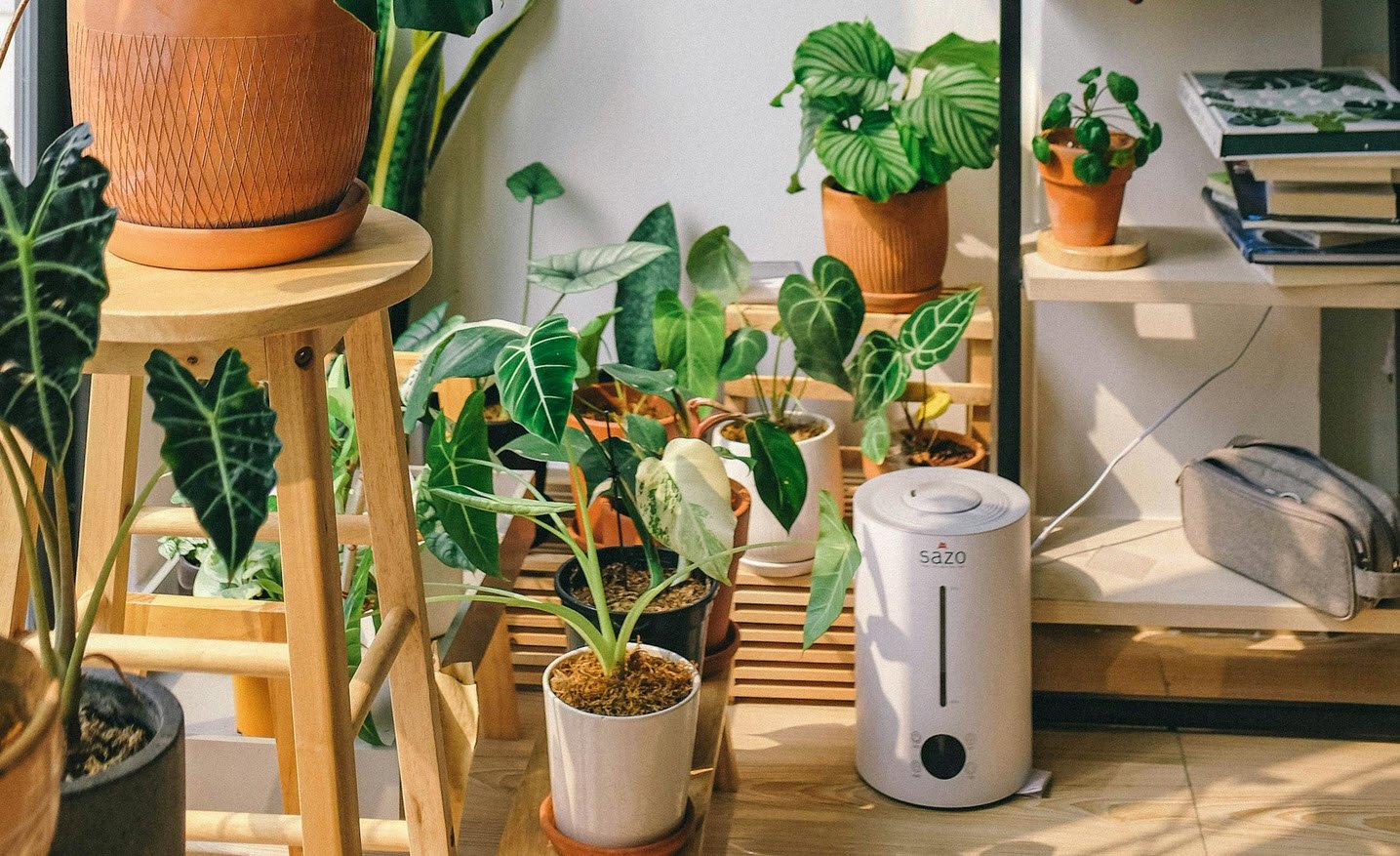
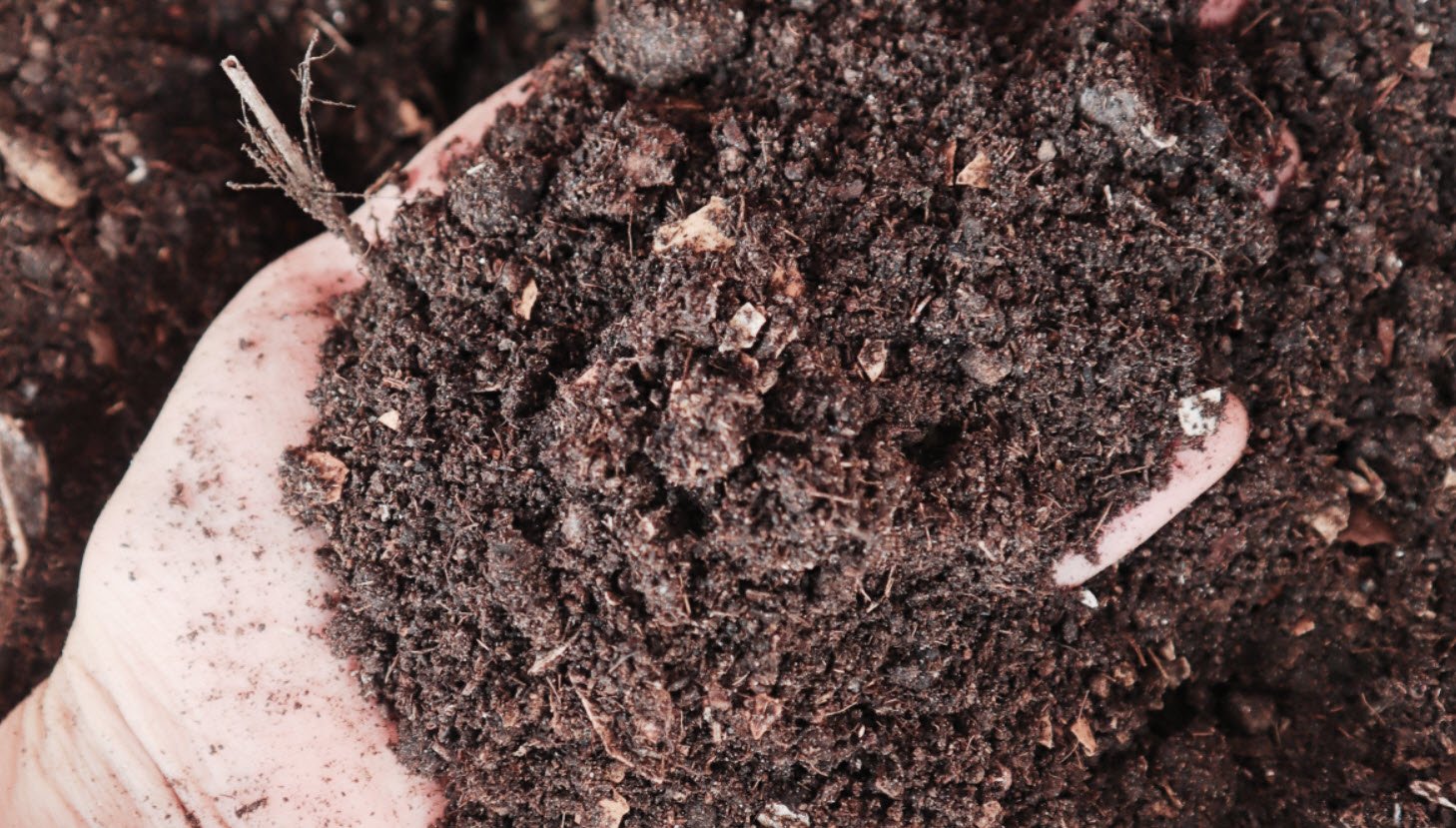


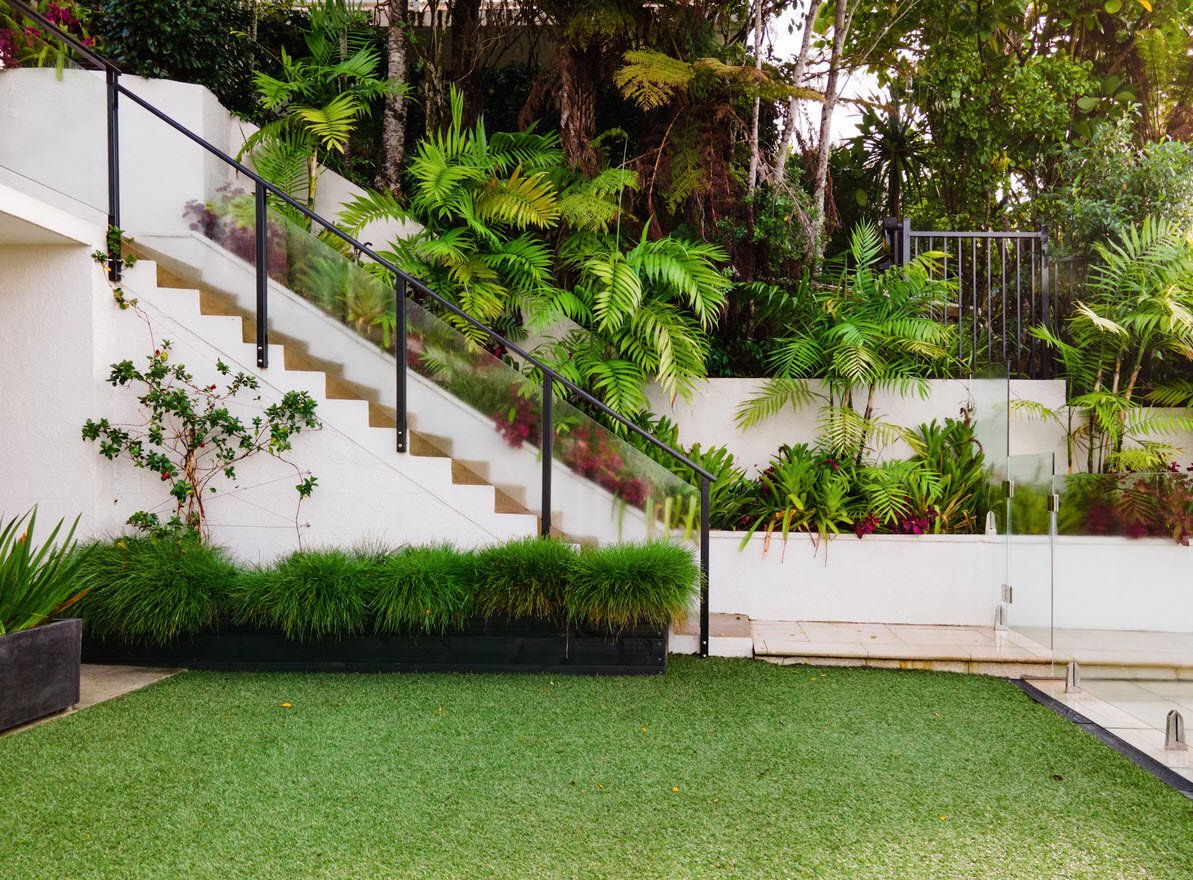
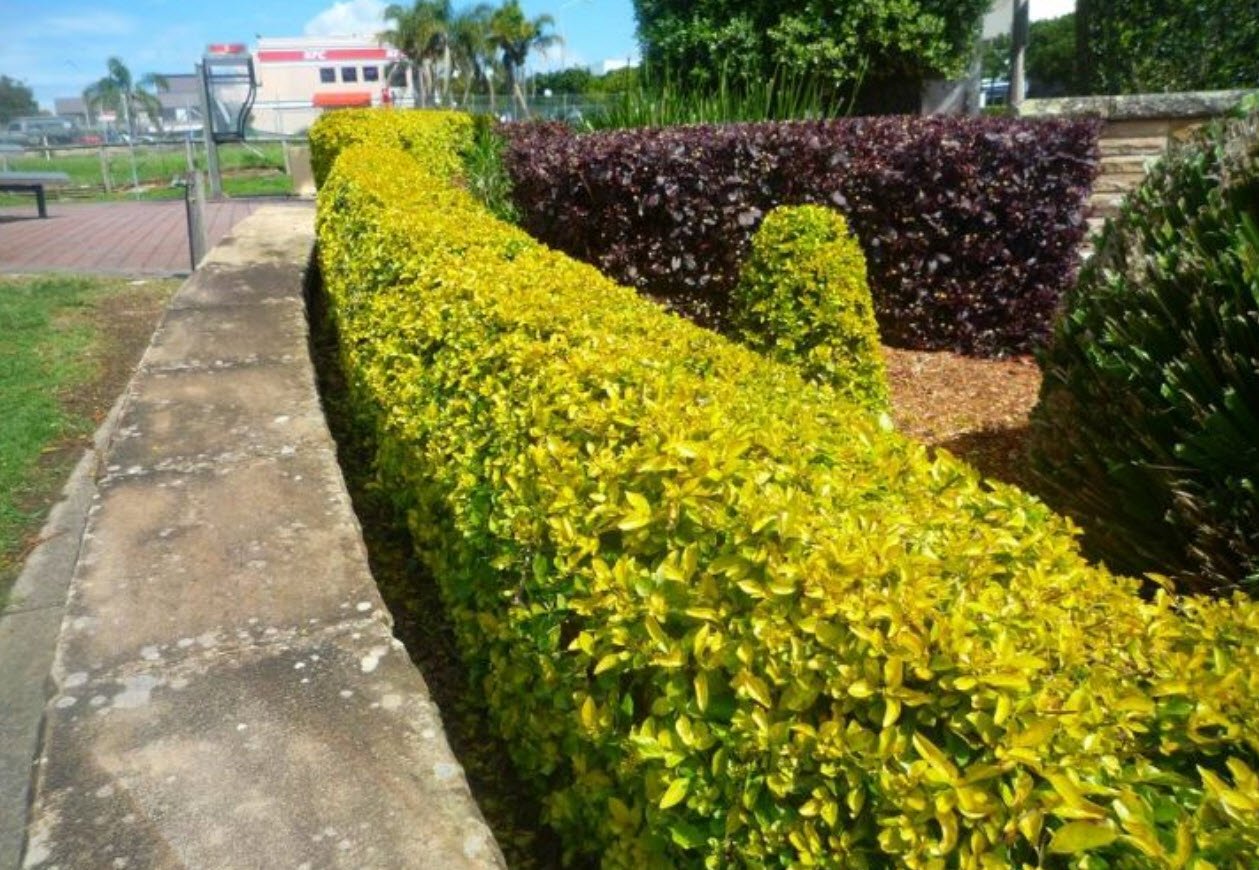

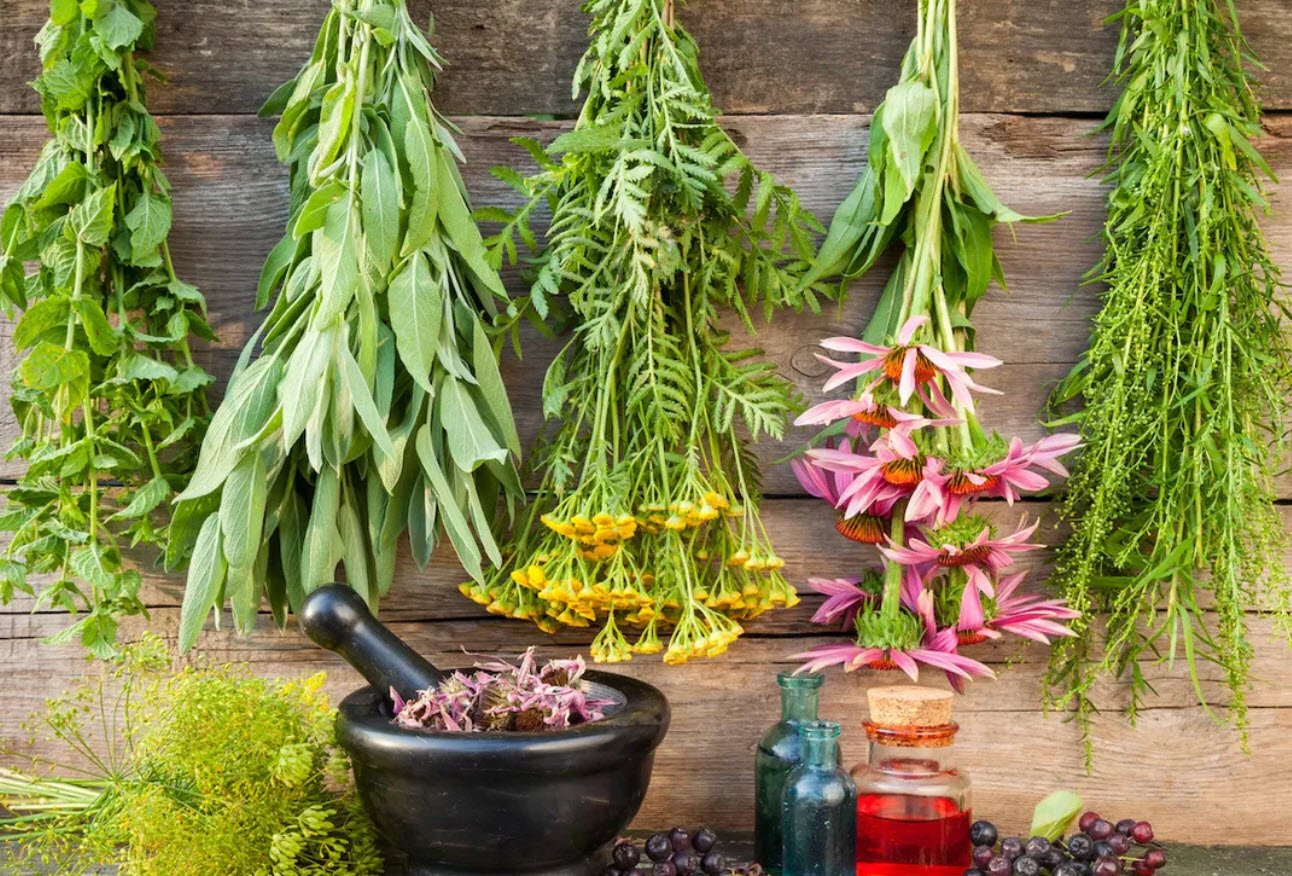
This Post Has One Comment